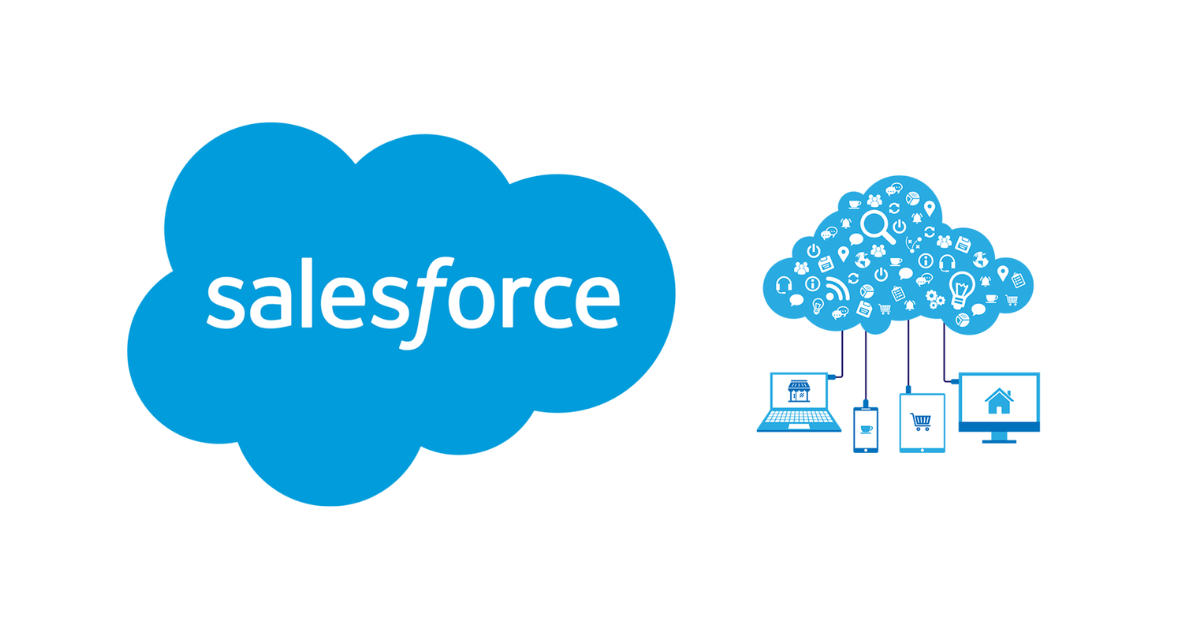Needless to say that successful lead generation is the cornerstone of any thriving business. With the ever-increasing competition, companies need to leverage powerful tools and strategies to identify, engage, and convert potential customers. Salesforce, a renowned customer relationship management (CRM) platform, offers a comprehensive suite of features that can significantly enhance lead generation efforts. In this blog post, we will explore how to effectively use Salesforce for lead generation, providing you with actionable insights and practical tips to maximize your marketing efforts.
Understanding Salesforce for Lead Generation:
Salesforce is widely recognized as one of the leading CRM platforms in the market, offering a range of tools and functionalities designed to streamline sales and marketing processes. Salesforce offers a solid architecture for lead creation that enables companies to successfully acquire, nurture, and convert leads.
The Salesforce Lead Generation Process:
a. Lead Capture and Management:
You may gather leads using Salesforce from a variety of places, including website forms, landing pages, and social media campaigns. Utilize Salesforce’s lead management features to centralize lead data, assign ownership, and track lead status throughout the sales cycle.
b. Lead Nurturing:
It’s critical to develop connections with leads once you’ve acquired them. Leverage Salesforce’s automation capabilities to send personalized email campaigns, automate follow-ups, and deliver relevant content. By providing valuable information and staying engaged, you can move leads closer to conversion.
c. Lead Scoring and Qualification:
Salesforce allows you to implement lead-scoring models based on predefined criteria, enabling you to prioritize and focus on high-value leads. By assigning scores based on attributes like engagement level, demographics, and buying intent, you can efficiently allocate resources and tailor your approach.
d. Sales Collaboration:
The marketing and sales teams must work together seamlessly to generate leads. Salesforce provides features like lead assignment rules, lead queues, and opportunity management, ensuring smooth handoffs and maximizing conversion rates.
Salesforce Lead Generation Tools:
a. Salesforce CRM:
The core Salesforce CRM system is the foundation of your lead generation efforts. Utilise it to manage leads, keep track of interactions, and learn insightful things about how your prospects behave.Customize Salesforce to suit your specific lead generation requirements, creating custom fields, layouts, and reports.
b. Salesforce Pardot:
Pardot, a marketing automation tool by Salesforce, offers advanced lead nurturing and scoring capabilities. It helps you automate email campaigns, track prospect activities, and measure marketing ROI. Pardot seamlessly integrates with Salesforce CRM, providing a comprehensive lead generation solution.
c. Salesforce Engage:
Salesforce Engage is designed to empower sales teams by delivering real-time marketing insights directly within the CRM. It equips sales professionals with valuable prospect engagement data, email tracking, and personalized templates, enabling them to have informed conversations and close deals effectively.
d. Salesforce Einstein Analytics:
Leverage the power of artificial intelligence with Salesforce Einstein Analytics. This tool provides advanced data analysis and predictive insights, enabling you to identify patterns, segment leads, and optimize your lead generation strategies for better results.
Best Practices for Effective Salesforce Lead Generation:
a. Targeted Campaigns:
Tailor your lead generation campaigns to specific target segments. Use Salesforce’s segmentation features to create personalized content, offers, and messaging that resonate with your audience.
b. Data Integrity:
Maintain clean and accurate data within Salesforce. Regularly update contact information, remove duplicates, and standardize data entry to ensure reliable reporting and effective lead management.
c. Integration with Marketing Channels:
Integrate Salesforce with your marketing channels, such as email marketing platforms, social media, and landing page builders. This allows you to capture leads seamlessly and track campaign performance in real-time.
d. Continuous Testing and Optimization:
Regularly monitor and analyze your lead generation efforts using Salesforce’s reporting and analytics features.Improve your campaigns by identifying problem areas, experimenting with new approaches, and using data-driven insights. Improve your strategy over time to increase conversions and ROI.
e. Collaboration and Training:
Encourage collaboration between your marketing and sales teams. Provide comprehensive training on Salesforce’s lead generation features to ensure everyone is utilizing the platform to its full potential. Foster open communication and feedback loops to refine processes and align goals.
f. Mobile Accessibility:
Take advantage of Salesforce’s mobile capabilities to stay connected and responsive. Access lead data, respond to inquiries, and manage leads on the go, ensuring prompt follow-ups and nurturing of potential leads.
g. Lead Tracking and Attribution:
Implement lead tracking mechanisms to understand the performance of different marketing channels and campaigns. Use Salesforce’s attribution models to analyze which efforts contribute most significantly to lead generation and optimize your resources accordingly.
h. Lead Qualification Criteria:
Define clear lead qualification criteria in collaboration with your sales team. Establish a shared understanding of what constitutes a qualified lead, enabling marketing to focus efforts on delivering highly relevant prospects.
Conclusion:
Effectively utilizing Salesforce for lead generation is a game-changer for businesses looking to optimize their marketing efforts and drive revenue growth. By leveraging Salesforce’s comprehensive suite of tools and functionalities, you can capture, nurture, and convert leads efficiently.
Implement best practices such as targeted campaigns, data integrity, integration with marketing channels, continuous testing and optimization, collaboration and training, mobile accessibility, and lead tracking and attribution.
Remember, successful lead generation is an ongoing process. Continuously monitor your results, adapt your strategies, and stay updated with new Salesforce features and updates. By harnessing the power of Salesforce for lead generation, you can gain a competitive edge in the market, generate high-quality leads, and foster lasting customer relationships. Start implementing these strategies today and propel your business towards sustainable growth with Salesforce.

